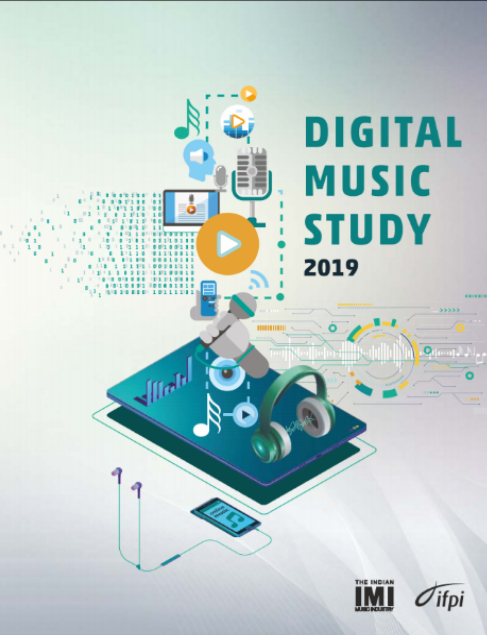Crack down on piracy in entertainment biz

The following oped was published in the 15th November, 2019 edition of the Hindu BusinessLine
The government machinery must be empowered to block infringing websites and apps and prevent counterfeit products
The Central government has shown foresight in identifying the media and entertainment industry as a champion sector. In the creative world, the tiniest idea gives birth to stories which take the form of various visual and performing arts. There are many livelihoods involved in the creation of films, music, literature and art, the entire creative process has investments and economics driving the sector and contributing to the GDP.
In Asia, K-Pop today contributes $5 billion to the South Korean economy — the leading player of K-Pop, Big Tree Entertainment today has a market valuation of $1 billion. Per FICCI-EY 2019 report, the media and entertainment industry in India is estimated to have revenues of approximately $25 billion.
For our country, with a rich diversity and cultural heritage there are many stories to tell, but as long as there are a high percentage of revenue leakages in the monetisation chain because of piracy, fair value to all stakeholders in the creative process will always remain a pipe dream and champion status will always elude us. The government has addressed this concern recently, but the time has now come to introduce administrative measures which will empower the executive and bring immediate and long-term relief to this cancer called piracy of content.
Cheap data and smartphone penetration have proved to be a double-edged sword. Though they have helped the Indian recorded music industry cross the ₹1,000 crore mark for the first time, as per the IFPI-IMI Digital Music Study ‘19, piracy is still pegged at 67 per cent and causes an estimated revenue loss of ₹1,500 crore annually.
Administrative measures
Like cancer, piracy will need chemotherapy and the prescribed course of action which will be most effective is through administrative measures — the executive at the Centre and State need to be empowered to block infringing websites and apps in the digital space, and in the physical space preventing counterfeit products.
The palliative care to this cancer is via digital civics where it is important that the public at large needs to be educated about the potential financial threat of accessing content illegally. As per RAND reports, entertainment piracy operations have close links to terror organisations and crime syndicates.
Cell for IPR Promotion and Management (CIPAM), an initiative of the Ministry of Commerce, has made a good start to spreading digital civics, but efforts need to be ramped up — both monetarily and professionally The MCDCU (Maharashtra Cyber Digital Crime Unit) project in Mumbai is a much-needed initiative as a B2G (business to government) partnership where industry has made monetary and technical collaborations with a State initiative.
The Maharashtra B2G initiative should be rolled out initially to other high potential creative States such as Karnataka, Kerala, West Bengal, Andhra Pradesh, Tamil Nadu with immediate effect — and in Phase 2 to the rest of the country.
The Chinese music industry lagged behind India till 2014. In 2019, it ranks at 7th and by 2022, it is expected to be amongst the top three in the world with revenues up to $1,400 million while India ranks 15th with revenues accruing to $156 million.
The creative industry, the telecom operators and the Chinese government introduced the “Sword Net Action”, an annual anti-piracy programme under which the music industry files 200-500 administrative complaints, of which, 80-90 per cent are resolved successfully every year.
The Chinese music industry has a piracy rate of 74 per cent as opposed to India’s rate of 67 per cent. However, India has a low take-down rate of 37 per cent while in China it is 97 per cent.
This is the same Chinese Digital Ecosystem where as recently as 2013, the take-down time was two weeks and two days, but now stands at two hours, highlighting the collaborative work done by the Chinese administration, telecom service providers and creative industry stakeholders on the back of administrative measures for piracy.
As per IFPI, in 2019, there were 467 websites hosting illegal Indian content outside India, the number of apps embedded with pirated Indian content grows by the hour.
It is time that India uses every diplomatic platform or forum be it at the bi-lateral level via the FTAs or multi-lateral trade pacts such as BIMSTEC and RCEP to ensure greater enforcement of media and entertainment content infringement and seek content protection for the Indian creative industry. Maybe it is time for our own India 301 annual report.
Blaise Fernandes
President and CEO
Indian Music Industry![]()



